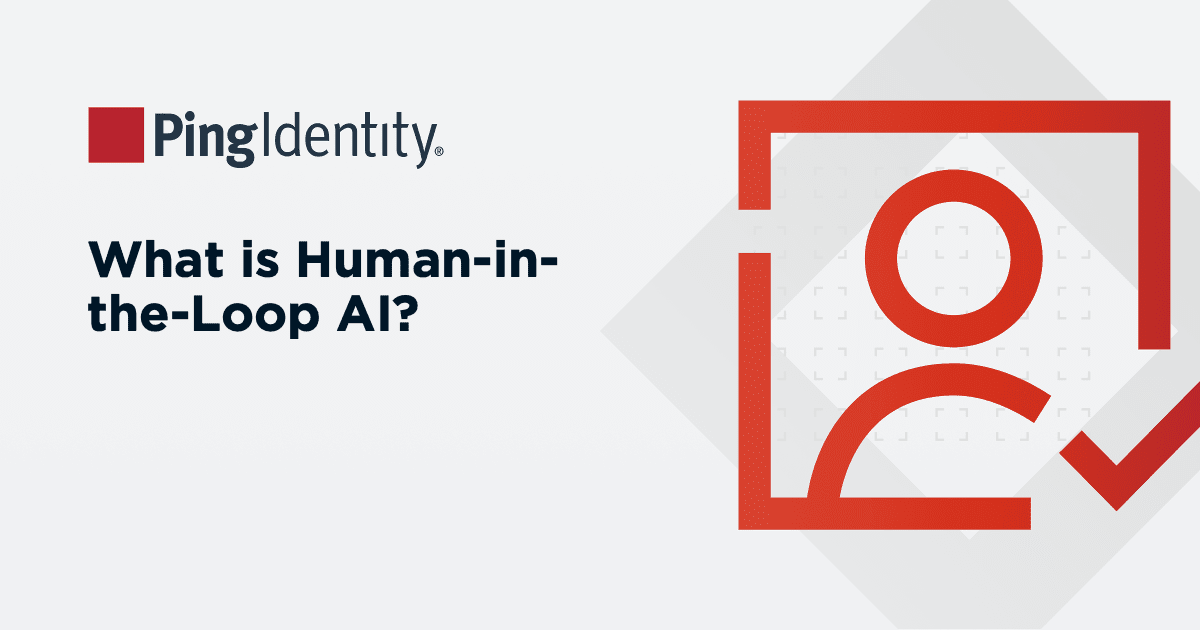There are many differences between MFA and passwordless authentication. Understanding these will help you determine the best path forward.
Authentication Factors
MFA enhances security by requiring users to verify their identity through multiple factors. This approach reduces the risk of unauthorized access by adding layers that attackers must bypass.
Typically, MFA involves at least two out of three possible categories, each offering a distinct type of security.
The first category is something you know, like a password or PIN. This knowledge-based factor relies on information that only the user should possess. However, as passwords can be vulnerable to breaches, adding more factors strengthens the overall security.
The second category is something you have, such as a smartphone, security token, or one-time code sent to an external device. This factor introduces a physical element to the authentication process, making it harder for attackers to gain access unless they physically possess the necessary device.
Lastly, there is something you are, which uses biometric markers like fingerprints, facial recognition, or iris scans. These unique identifiers provide a high level of security, as they are difficult to replicate.
By combining these factors, MFA creates a multi-layered defense against unauthorized access, greatly enhancing security compared to single-factor methods.
User Experience
The user experience of passwordless authentication is often smoother than MFA.
In MFA setups, users must go through multiple steps: entering a password, receiving a code on their phone, and verifying through a secondary method. This process, while secure, can be time-consuming and potentially frustrating.
Passwordless authentication, on the other hand, typically involves a single step, such as a biometric scan or a device check. This not only simplifies the experience but also minimizes login delays, making it easier for users to access their accounts without sacrificing security.
Cost Considerations
When it comes to cost, both MFA and passwordless authentication have unique implications:
- MFA: Initial setup costs can be moderate to high, depending on the type of factors involved. For example, using hardware tokens may require significant upfront investment, while SMS-based authentication has ongoing costs associated with message delivery. Maintenance costs, including user support for lost devices or forgotten passwords, also add up. Additionally, scaling MFA across a large organization may involve substantial investment in both infrastructure and user training.
- Passwordless authentication: Passwordless can be more cost-effective in the long run, especially in terms of maintenance. While the initial setup may be high, especially for biometric or device-based systems, the reduction in password reset requests and user support needs can offset these costs over time. Scalability is also easier, as fewer resources are needed to maintain a passwordless system across a growing user base.
Security Implications
Security is paramount in both MFA and passwordless authentication, yet each approach has distinct strengths and vulnerabilities:
- MFA strengths: MFA protects against unauthorized access by requiring multiple verification factors. It’s effective against brute force attacks, as attackers would need to bypass all verification layers to gain access.
- MFA vulnerabilities: MFA is still somewhat vulnerable to phishing and man-in-the-middle attacks, particularly in setups that use SMS or email-based codes. Attackers may intercept these codes, granting unauthorized access if they have also obtained the initial password.
- Passwordless strengths: Passwordless authentication eliminates the most common attack vector—passwords. Without passwords, brute force, credential stuffing, and phishing attacks are nearly impossible. Biometrics or device-based factors add another layer of security by tying authentication to the individual or their device.
- Passwordless vulnerabilities: While passwordless authentication is resilient against many traditional attacks, it can still face risks from sophisticated methods. Biometric systems may be vulnerable to spoofing, and device-based authentication can be compromised if the device is lost or stolen.
Implementation Complexity
The complexity of implementing MFA versus passwordless authentication depends on factors like existing infrastructure, IT resources, and organizational structure:
- MFA: Implementation involves integrating multiple authentication methods and ensuring compatibility with existing systems. For larger organizations, a solid IT infrastructure is required to manage user credentials and handle user support efficiently. Training and change management are also critical, as MFA typically requires a behavioral change from users.
- Passwordless: Implementation can be easier in some respects, especially for organizations already using modern devices with biometric capabilities. However, organizations with legacy systems or high turnover may face challenges in managing device-based or biometric authentication, as device loss or rotation can complicate the process.
Regulatory Compliance
Compliance with industry regulations is a critical consideration for organizations adopting new authentication methods:
- MFA: MFA aligns well with several data protection standards and regulations, including GDPR, HIPAA, and PCI-DSS, which often mandate multi-layered security controls. Implementing MFA can help organizations meet these requirements and demonstrate a proactive approach to securing user data.
- Passwordless: Although passwordless is a newer approach, it increasingly aligns with regulatory standards as authorities recognize its advantages. In some cases, passwordless solutions even exceed compliance standards, particularly in sectors that prioritize data protection and user privacy. It’s important, however, for organizations to verify that their chosen passwordless method meets specific regulatory criteria for data protection and access control.
Adaptability to Emerging Threats
Both MFA and passwordless authentication must keep pace with evolving cybersecurity threats:
- MFA: MFA adapts well to new threats by allowing organizations to add layers or modify factors as needed. For example, if SMS-based codes become more vulnerable, organizations can switch to app-based authentication or hardware tokens. MFA’s modular nature makes it somewhat adaptable.
- Passwordless: Passwordless is highly adaptive to emerging threats due to its reliance on modern technology like biometrics and device-based authentication. This approach is especially effective against newer attacks, such as phishing and credential stuffing, because it eliminates passwords. As biometric technology and device security evolve, passwordless systems will likely become even more resilient to emerging cyber threats.


